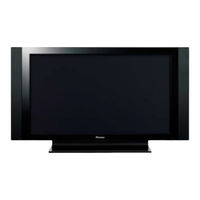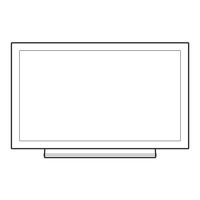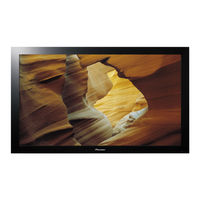Pioneer Kuro KRP-600M Manuals
Manuals and User Guides for Pioneer Kuro KRP-600M. We have 5 Pioneer Kuro KRP-600M manuals available for free PDF download: Operating Instructions Manual, Service Manual, Brochure & Specs, Specifications
Pioneer Kuro KRP-600M Operating Instructions Manual (326 pages)
Flat Panel Display
Table of Contents
Advertisement
Pioneer Kuro KRP-600M Brochure & Specs (28 pages)
Pioneer Flat Screen TV Product Brochure
Brand: Pioneer
|
Category: Flat Panel TV
|
Size: 2.74 MB
Advertisement
Pioneer Kuro KRP-600M Specifications (2 pages)
60-Inch Class High-Definition 1080p Flat Panel KURO Monitor
Pioneer Kuro KRP-600M Specifications (2 pages)
50-Inch Class High-Definition 1080p Flat Panel KURO Monitor
Advertisement




